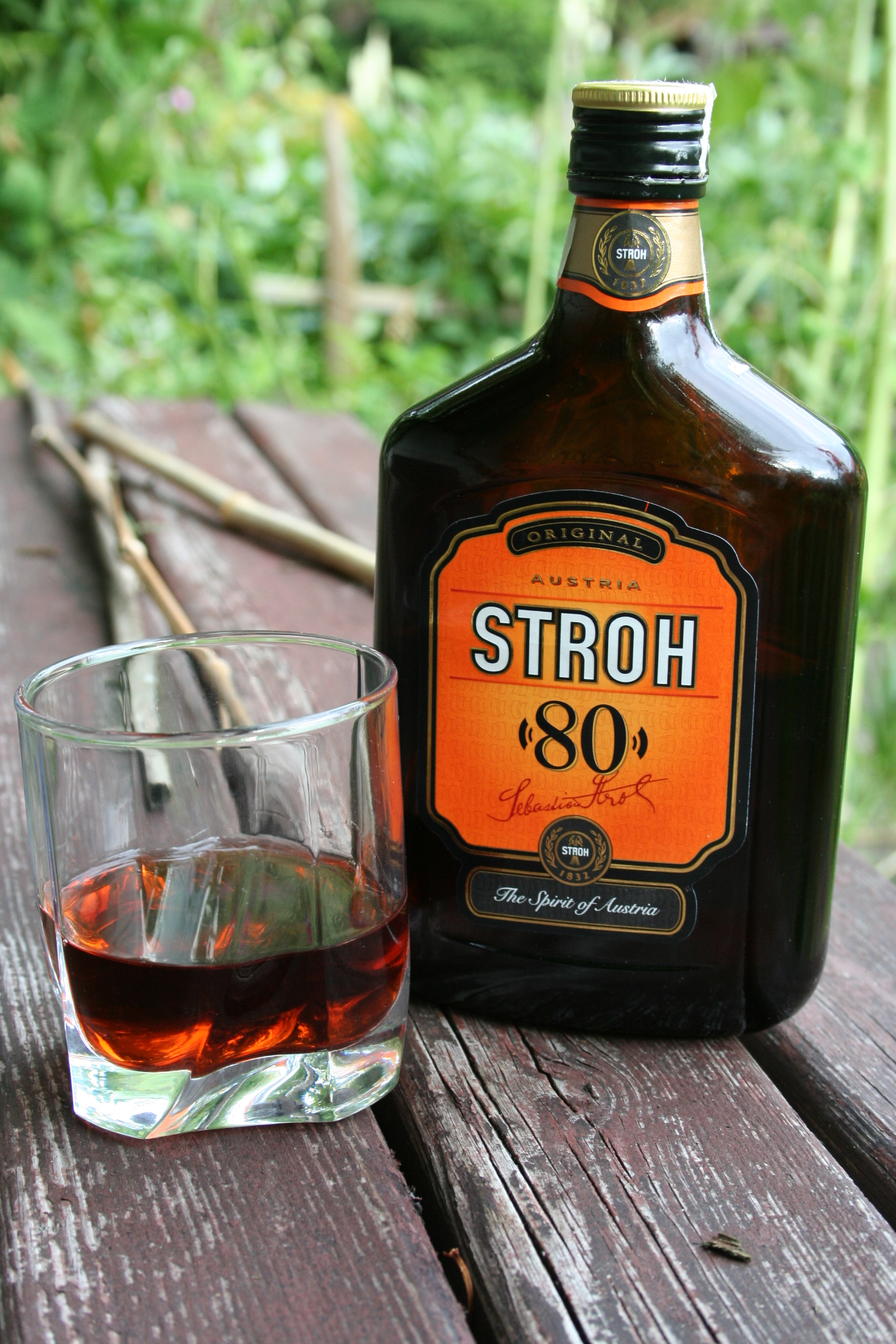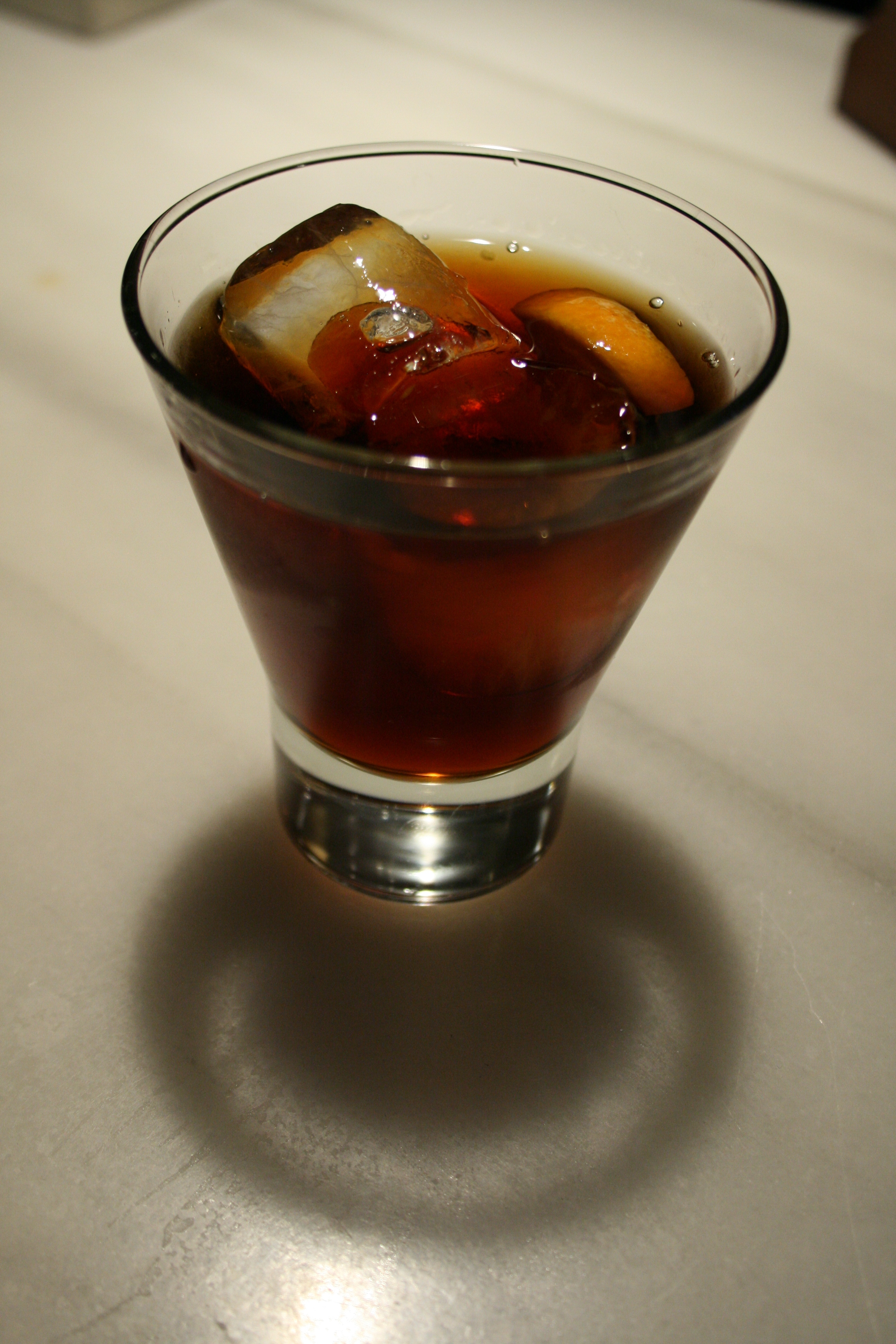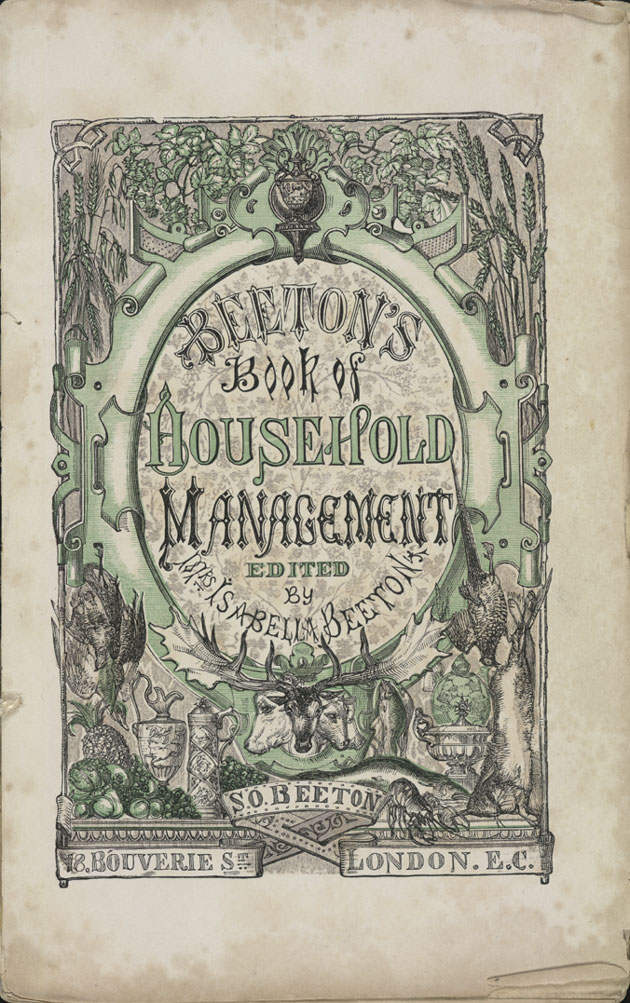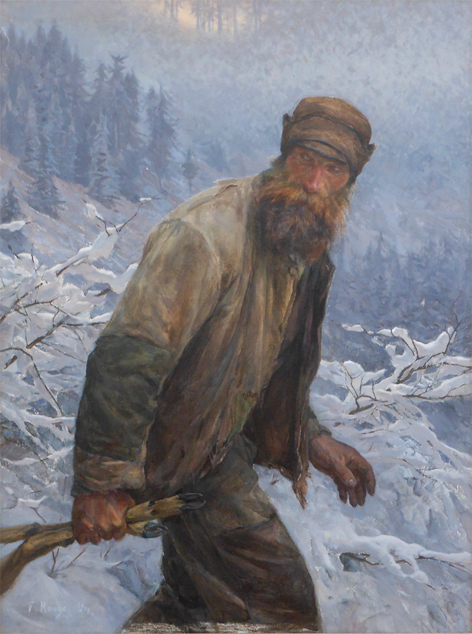|
Jagertee
Jagertee (also Jägertee) is an alcoholic punch historically made by mixing "Inländer-Rum" with spiced black tea. It is served warm and is typically consumed during winter in the cold parts of Central Europe. Although Jagertee is easily made at home, ready-made mixtures which already contain spices and sugar are sold in shops. The Austrian rum '' Stroh'' is often used for making it; this brand also produces its own ready-made variety. Jagertee has become a popular '' après-ski'' drink, especially among tourists in the Alps. Jagertee carts sell the beverage outside at ski resorts and winter festivals. Etymology The name ''Jagertee'' (alternatively ''Jagatee'' or ''Jägertee'') is derived from the Austro-Bavarian pronunciation of the standard German ''Jäger'' "hunter" + ''Tee'' "tea". According to EC Regulation 110/2008, Annex III, No. 32, it is a Protected Designation of Origin The protected designation of origin (PDO) is a type of geographical indication of the Eu ... [...More Info...] [...Related Items...] OR: [Wikipedia] [Google] [Baidu] |
Punch (drink)
The term punch refers to a wide assortment of drinks, both non-alcoholic and alcoholic, generally containing fruits or fruit juice. The drink was introduced from the Indian subcontinent to England by employees of the East India Company in the late 17th century.Edwards, Graham and Sue. ''The Language of Drink'', Alan Sutton Publishing, 1988. Punch is usually served at parties in large, wide bowls, known as '' punch bowls''. In the United States, federal regulations provide the word "punch" to describe commercial beverage products that do ''not'' contain fruit or fruit juice. The term is used to label artificially flavored beverages, with or without natural flavorings, which do not contain fruit juice or concentrate in significant proportions. Thus a product labeled as "fruit punch" may contain no fruit ingredients at all. History The original drink in the Indian subcontinent was named ''paantsch''. The word ''punch'' may be a loanword from Hindi पाँच (''pāñć''), ... [...More Info...] [...Related Items...] OR: [Wikipedia] [Google] [Baidu] |
Stroh
Stroh Austria GmbH is an Austrian manufacturer of rum, especially spiced rums and high-proof rums used in warm drinks and cooking. The Stroh Rum brand is one of the best-known spirits from Austria. The name is widely used as a generic synonym for spirits with a similarly high alcohol content in Germanic speaking regions. The company is privately held by Austrian owners. History With roots starting in 1832, Stroh began large scale liqueur and brandy manufacturing in Klagenfurt in 1857. The company was named after its founder, Boštijan Stroh, who started the beginnings of the small business in St. Paul (Carinthian Lavanttal). His widow, Maria Stroh, continued the business with production facilities at Karfreitstrasse 18 in Klagenfurt. Located in the land-locked Austria-Hungary region, the company had no direct access to colonies in tropical regions with rum or easy access to rum importation. To make a rum-like product, the production at the time replaced the sugarcane molass ... [...More Info...] [...Related Items...] OR: [Wikipedia] [Google] [Baidu] |
Protected Geographical Status
Three European Union schemes of geographical indications and traditional specialties, known as protected designation of origin (PDO), protected geographical indication (PGI), and traditional specialities guaranteed (TSG), promote and protect names of agricultural products and foodstuffs. Products registered under one of the three schemes may be marked with the logo for that scheme to help identify those products. The schemes are based on the legal framework provided by the EU Regulation No 1151/2012 of the European Parliament and of the Council of 21 November 2012 on quality schemes for agricultural products and foodstuffs. This regulation applies within the EU as well as in Northern Ireland. Protection of the registered products is gradually expanded internationally via bilateral agreements between the EU and non-EU countries. It ensures that only products genuinely originating in that region are allowed to be identified as such in commerce. The legislation first came into forc ... [...More Info...] [...Related Items...] OR: [Wikipedia] [Google] [Baidu] |
Blended Tea
Tea blending is the act of blending different teas together to produce a final product that differs in flavor from the original tea used. This occurs chiefly with black tea, which is blended to make most tea bags, but it can also occur with such teas as Pu-erh, where leaves are blended from different regions before being compressed. The most prominent type of tea blending is commercial tea blending, which is used to ensure consistency of a batch on a mass scale so that any variations between different batches and seasons of tea production do not affect the final product. However, it is also common to blend tea leaves with herbs and spice, either for health purposes or to add interesting and more complex flavor notes. It is important that any one blend must taste the same as the previous one, so a consumer will not be able to detect a difference in flavor from one purchase to the next. Because tea takes on aromas with ease, there can be problems in the processing, transportation o ... [...More Info...] [...Related Items...] OR: [Wikipedia] [Google] [Baidu] |
Gunfire (drink)
Gunfire (or gun-fire) is a British caffeinated alcoholic drink, a cocktail made of black tea and rum. It has its origins in the British Army and is also used as a name for early morning tea in the army. History British Army It is unknown when gunfire was concocted, but it is known that it was mixed by British Army soldiers during the 1890s. Gunfire is served by officers and non-commissioned officers to lower ranks before a morning attack (as a form of Dutch courage) and as a celebration before a Passing out parade. It is also traditionally served to soldiers in their beds by their officers on Christmas Day at reveille if they are deployed over Christmas. Individual regiments may carry out the ritual on other days: for example, in the Royal Tank Regiment gunfire is served on Cambrai Day; in the Queen's Royal Hussars on Balaclava Day and Saint Patrick's Day; and in the Royal Dragoon Guards gunfire made with whiskey on St Patrick's Day. During the Korean War, members of the Am ... [...More Info...] [...Related Items...] OR: [Wikipedia] [Google] [Baidu] |
Glühwein
Mulled wine, also known as spiced wine, is an alcoholic drink usually made with red wine, along with various mulling spices and sometimes raisins, served hot or warm. It is a traditional drink during winter, especially around Christmas. It is usually served at Christmas markets in Europe, primarily in Germany. There are non-alcoholic versions of it. Vodka-spiked mulled wine can be found in Polish Christmas markets, where mulled wine is commonly used as a mixer. Origins The first record of wine being spiced and heated can be found in Plautus's play '' Curculio'', written during the 2nd century BC. The Romans travelled across Europe, conquering much of it and trading with the rest. The legions brought wine and viticulture with them up to the Rhine and Danube rivers and to the Scottish border, along with their recipes. The Forme of Cury, a medieval English cookery book from 1390, which mentioned mulled wine, says: "Pur fait Ypocras ..." grinding together cinnamon, ginger, gal ... [...More Info...] [...Related Items...] OR: [Wikipedia] [Google] [Baidu] |
Poaching
Poaching has been defined as the illegal hunting or capturing of wild animals, usually associated with land use rights. Poaching was once performed by impoverished peasants for subsistence purposes and to supplement meager diets. It was set against the hunting privileges of nobility and territorial rulers. Since the 1980s, the term "poaching" has also been used to refer to the illegal harvesting of wild plant species. In agricultural terms, the term 'poaching' is also applied to the loss of soils or grass by the damaging action of feet of livestock, which can affect availability of productive land, water pollution through increased runoff and welfare issues for cattle. Stealing livestock as in cattle raiding classifies as theft, not as poaching. The United Nations' Sustainable Development Goal 15 enshrines the sustainable use of all wildlife. It targets the taking of action on dealing with poaching and trafficking of protected species of flora and fauna to ensure their avail ... [...More Info...] [...Related Items...] OR: [Wikipedia] [Google] [Baidu] |
Slovakia
Slovakia (; sk, Slovensko ), officially the Slovak Republic ( sk, Slovenská republika, links=no ), is a landlocked country in Central Europe. It is bordered by Poland to the north, Ukraine to the east, Hungary to the south, Austria to the southwest, and the Czech Republic to the northwest. Slovakia's mostly mountainous territory spans about , with a population of over 5.4 million. The capital and largest city is Bratislava, while the second largest city is Košice. The Slavs arrived in the territory of present-day Slovakia in the fifth and sixth centuries. In the seventh century, they played a significant role in the creation of Samo's Empire. In the ninth century, they established the Principality of Nitra, which was later conquered by the Principality of Moravia to establish Great Moravia. In the 10th century, after the dissolution of Great Moravia, the territory was integrated into the Principality of Hungary, which then became the Kingdom of Hungary in 1000. In 124 ... [...More Info...] [...Related Items...] OR: [Wikipedia] [Google] [Baidu] |
Czech Republic
The Czech Republic, or simply Czechia, is a landlocked country in Central Europe. Historically known as Bohemia, it is bordered by Austria to the south, Germany to the west, Poland to the northeast, and Slovakia to the southeast. The Czech Republic has a hilly landscape that covers an area of with a mostly temperate continental and oceanic climate. The capital and largest city is Prague; other major cities and urban areas include Brno, Ostrava, Plzeň and Liberec. The Duchy of Bohemia was founded in the late 9th century under Great Moravia. It was formally recognized as an Imperial State of the Holy Roman Empire in 1002 and became a kingdom in 1198. Following the Battle of Mohács in 1526, the whole Crown of Bohemia was gradually integrated into the Habsburg monarchy. The Protestant Bohemian Revolt led to the Thirty Years' War. After the Battle of White Mountain, the Habsburgs consolidated their rule. With the dissolution of the Holy Empire in 1806, the C ... [...More Info...] [...Related Items...] OR: [Wikipedia] [Google] [Baidu] |
Grog
Grog is a term used for a variety of alcoholic beverages. The word originally referred to rum diluted with water (and later on long sea voyages, also added the juice of limes or lemons), which British Vice-Admiral Edward Vernon introduced into the naval squadron he commanded in the West Indies on 21 August 1740. Vernon wore a coat of grogram cloth and was nicknamed ''Old Grogram'' or ''Old Grog''. The ''Merriam–Webster Collegiate Dictionary'', which agrees with this story of the word's origin, states that the word ''grog'' was first used in this sense in 1770, though other sources cite 1749. In modern times, the term ''grog'' has had a variety of meanings in a number of different cultures, but is most commonly used in Australia and New Zealand where it is a slang word for alcohol. Origin and history Background During the early modern period (1500–1800), sailors required significant quantities of fresh water on extended voyages. Since desalinating sea water w ... [...More Info...] [...Related Items...] OR: [Wikipedia] [Google] [Baidu] |
Germany
Germany, officially the Federal Republic of Germany (FRG),, is a country in Central Europe. It is the most populous member state of the European Union. Germany lies between the Baltic and North Sea to the north and the Alps to the south. Its 16 constituent states have a total population of over 84 million in an area of . It borders Denmark to the north, Poland and Czechia to the east, Austria and Switzerland to the south, and France, Luxembourg, Belgium, and the Netherlands to the west. The nation's capital and most populous city is Berlin and its main financial centre is Frankfurt; the largest urban area is the Ruhr. Settlement in what is now Germany began in the Lower Paleolithic, with various tribes inhabiting it from the Neolithic onward, chiefly the Celts. Various Germanic tribes have inhabited the northern parts of modern Germany since classical antiquity. A region named Germania was documented before AD 100. In 962, the Kingdom of Germany formed the ... [...More Info...] [...Related Items...] OR: [Wikipedia] [Google] [Baidu] |







